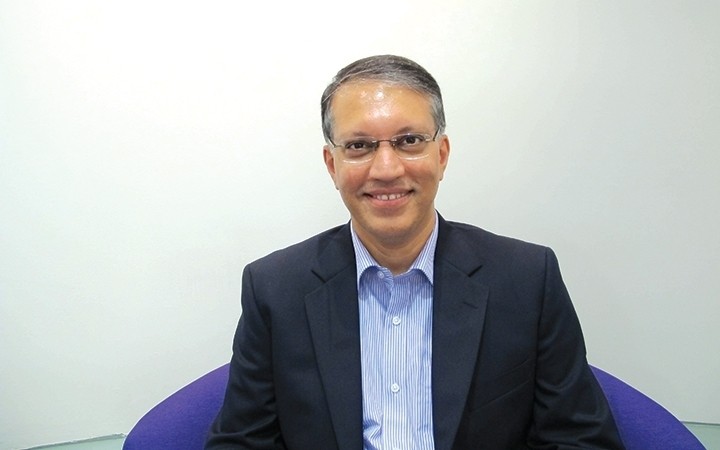
Media inflation remains a perennial challenge for advertisers in Asia’s growth markets, but for Yum Brands CMO Vipul Chawla, the solution can be summarized in one word: focus.
“If the marketing planning is sharp, the media outcome will also be sharp,” explains Chawla, CMO for KFC within Yum’s Asia franchise business unit, covering all markets in the region outside China, South Asia and Thailand.
“If the marketing planning is fragmented, chances are you will over run and not have money,” Chawla adds. “Media costs are going up, but the root cause is that you need a sharper strategy.”
Yum has already secured a good footprint in Asia, in tiger economies and mature markets alike. Nonetheless, with less than five Yum outlets per million people in Asia, versus 60 per million in the US, Chawla feels the job of winning over consumers has just begun.
“Malaysia is one of our most penetrated markets but even then, 20-25 stores per million of population is a long runway for growth,” he says. “Despite our scale, we think the Asian business can grow for a long time to come.”
This means ramping up in Southeast Asia while refreshing and remodeling in more developed markets. Chawla and his team are operating in a fast-moving sector where it is easy to lose sales to a competitor, and they will have to stay nimble to sustain Yum’s growth trajectory.
Tactics are just as important as strategy, Chawla notes, and implementing strategies within local markets is key to success.
“You can write all the rules, but it is about judgment,” he declares. “It is a juicy challenge for a regional marketing role.”
With media inflation and fragmentation making it more expensive to reach consumers, Yum’s yardstick of marketing success, which is based on BYA or Beat Year Ago, is far from easy. Nonetheless, improved media modeling systems as well as increased digital spend can help offset these costs, Chawla says, crediting his media agency partners Mindshare and UM.
“They have stayed ahead of the curve as the TV market became more complex,” he says. “Their media planning became sharper. In that way, we get the best possible plans in a changing context.”
TV remains an integral part of the media plan, but digital communications also become more important when people start spending more time online.
Social networks, as forums where people share comments and reviews, are becoming increasingly influential, Chawla points out. At the same time, online media also allows people to order food for home delivery, seen as a future growth area for Yum.
The current aim is for digital to make up 10% of marketing spend, a significant sum, with a recent check showing budgets just short of the target, at 9.6%.
“Given that we took this as a bold goal just 12 months ago, this is a fairly significant shift,” Chawla adds. “It has gone from 3-4%, and it is rising.”
A bigger contribution from online media helps keep rising TV costs in check. Effectiveness is also important however, with creative ideas developed in tandem with media plans, to get the most out of marketing budgets.
“The absolute spend is just one part,” Chawla explains. “Ideas have to be strong. Ideas with built-in talkability and bite have a multiplier effect. Then television becomes a multiplier, as you usually start with TV.”

As a leading independent consulting and research provider focused on Asia media & telecoms, MPA offers a range of customized services to help drive business development, strategy & planning, M&A, new products & services and research. Based in Hong Kong, Singapore and India, MPA teams offer in-depth research reports across key industry sectors, customized consulting services, industry events to spread knowledge and unlock partnerships, and publications that provide insights into media & telecoms.
All Media Partners Asia articles >Thank you for submission
Once you activate the account, your subscription entitles to receive 3 months of complimentary access to ‘The Digest’, MPA’s monthly email analysis,updates across TMT with exclusive industry interviews and data.